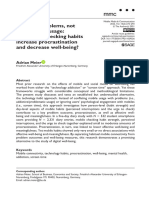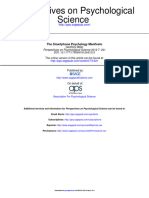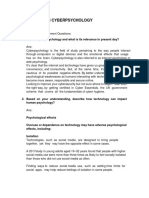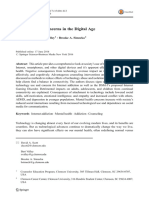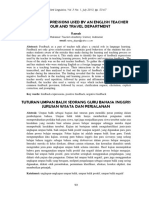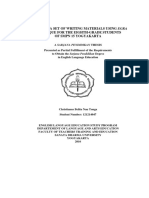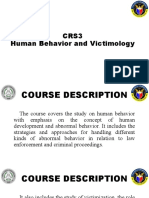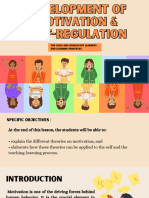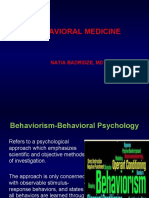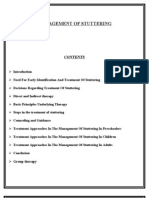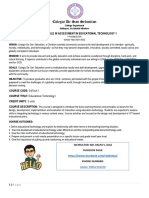0% found this document useful (0 votes)
16 views15 pagesBehavioral Psychology Report
This project report analyzes the impact of increased digitalization and screen time on human behavior through the lens of behavioral psychology. It highlights both the negative consequences, such as anxiety and fractured attention, and the positive aspects, like enhanced access to knowledge and community building. The report emphasizes the importance of mindful engagement with technology and suggests strategies for fostering healthier relationships with digital media.
Uploaded by
rm0148Copyright
© © All Rights Reserved
We take content rights seriously. If you suspect this is your content, claim it here.
Available Formats
Download as PDF, TXT or read online on Scribd
0% found this document useful (0 votes)
16 views15 pagesBehavioral Psychology Report
This project report analyzes the impact of increased digitalization and screen time on human behavior through the lens of behavioral psychology. It highlights both the negative consequences, such as anxiety and fractured attention, and the positive aspects, like enhanced access to knowledge and community building. The report emphasizes the importance of mindful engagement with technology and suggests strategies for fostering healthier relationships with digital media.
Uploaded by
rm0148Copyright
© © All Rights Reserved
We take content rights seriously. If you suspect this is your content, claim it here.
Available Formats
Download as PDF, TXT or read online on Scribd
/ 15



























